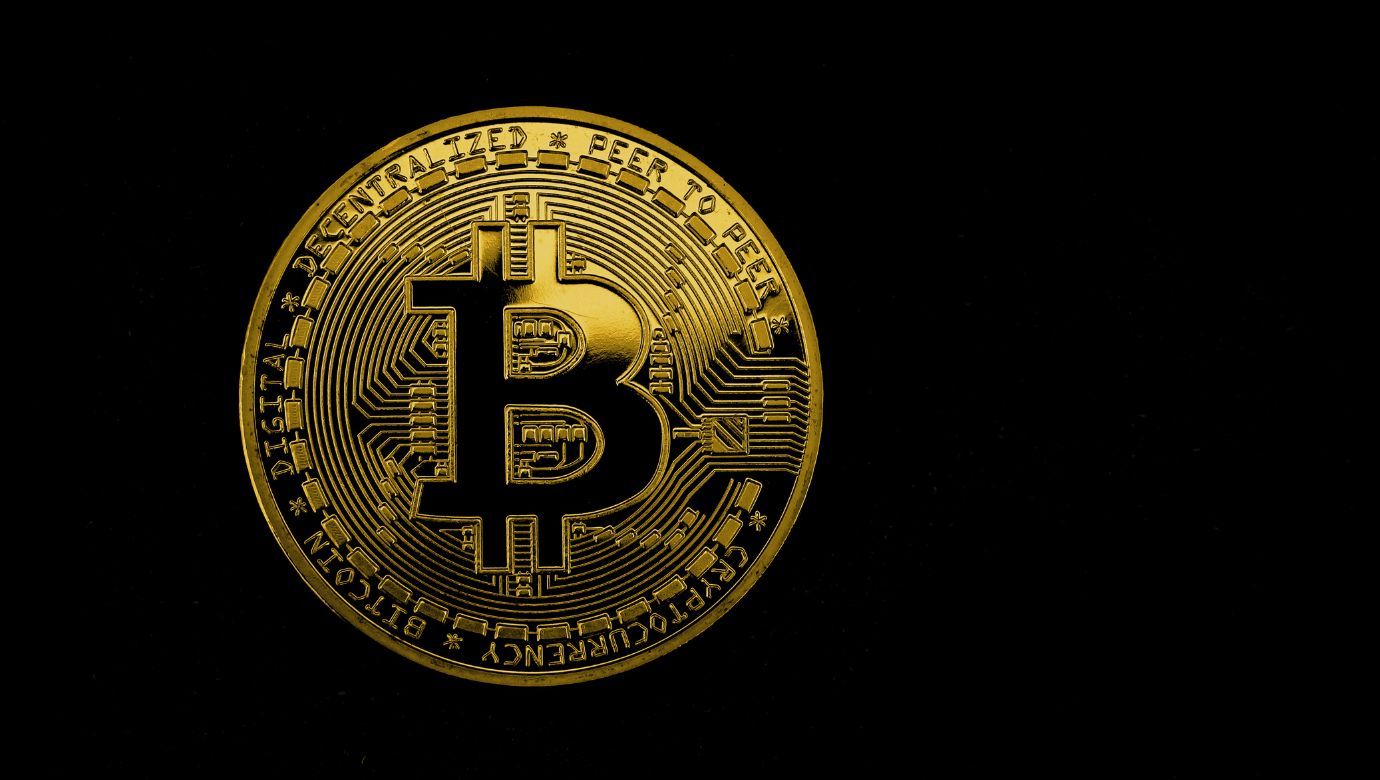David Marcus, once the big boss at PayPal and a key player at Facebook, recently made a bold claim: the Bitcoin Lightning Network could soon be the world’s top payment network. Leading his team at Lightspark, he emphasized the growing trend of cryptocurrency becoming a staple in mainstream finance.
Quick and Cheap: The Lightning Promise
At Lightspark, Marcus and his team are all-in on Bitcoin’s potential as a global settlement platform. He talks about Bitcoin being neutral — ideal for hassle-free transactions worldwide. This neutrality is crucial for its widespread acceptance. The Lightning Network, a layer on top of the Bitcoin blockchain, is designed to speed up transactions and cut costs. This could be a big deal, making it easier and cheaper for both people and businesses to handle money.
Marcus believes these changes could greatly improve how we handle money, making crypto more accessible globally. His thoughts come at a time when the mix of digital and traditional finance is getting more attention, showing a move towards more connected financial tech.
Coinbase, a top U.S. crypto exchange, has already jumped on the Lightning Network bandwagon, showing the industry is keen on faster, more efficient blockchain tech. Before this, Bitcoin transactions at Coinbase would take 10 minutes to two hours and cost a lot during busy times. The Lightning Network changes the game by handling transactions off the main blockchain, allowing for almost instant transactions with very low fees.
Global Reach and Technological Synergy
Viktor Bunin, a protocol specialist at Coinbase, is excited about what the Lightning Network means for Bitcoin’s future. He thinks this step will make Bitcoin transactions faster and make Bitcoin more useful and reachable worldwide. This marks a major point in the crypto world’s timeline.
Previously, Marcus praised Bitcoin’s potential as the go-to currency for Artificial Intelligence systems. This view places Bitcoin at the forefront of tech advances, showing it could lead to new ways to handle transactions and boost Bitcoin’s role in the tech world.
Lightning Labs, under CEO Elizabeth Stark, is pushing new features built using Bitcoin’s Taproot upgrade from late 2021. Speaking at FT Live’s Crypto and Digital Assets Summit, Stark talked about how they’re working to make stablecoins and other digital assets a reality on Bitcoin’s platform. They’ve started testing transactions with these new assets on the Lightning Network:
“We released an early part of the code in October and recently showed off the first-ever transaction on Lightning with an asset. We’re aiming to have crypto dollars and stablecoins on the Bitcoin blockchain,” Stark said. She pointed out that while digital assets usually run on other blockchains that can have high fees and other problems, Bitcoin’s network is super secure and decentralized, making it ideal for stablecoins.
Stark discussed how Bitcoin and stablecoins are good options for people in countries facing inflation and currency problems. She noted a big uptick in stablecoin use since the COVID-19 pandemic, especially in developing countries.
“People who need a reliable store of value are really sticking with this. Some are choosing Bitcoin, others go for stablecoins, and some use both,” Stark explained.
With the growing importance of the stablecoin market, Stark said it’s essential to have the right setup to allow issuing of stablecoins and real-world assets on the Bitcoin blockchain.
That’s why Lightnight Labs is building this tech now. Their vision is to create the infrastructure for it. Asset issuers will use the tech to put out real-world tokenized assets.
Financial institutions might soon issue gold assets, stablecoins, and other fiat-backed assets on Bitcoin and then make transactions over the Lightning Network.
Stark highlighted how this could be a cheaper alternative to traditional finance methods like Visa, where fees can be over 3% in the U.S.:
Transacting with stablecoins on Lightning could cost just a cent or even less. That’s a massive drop from what traditional systems charge.






